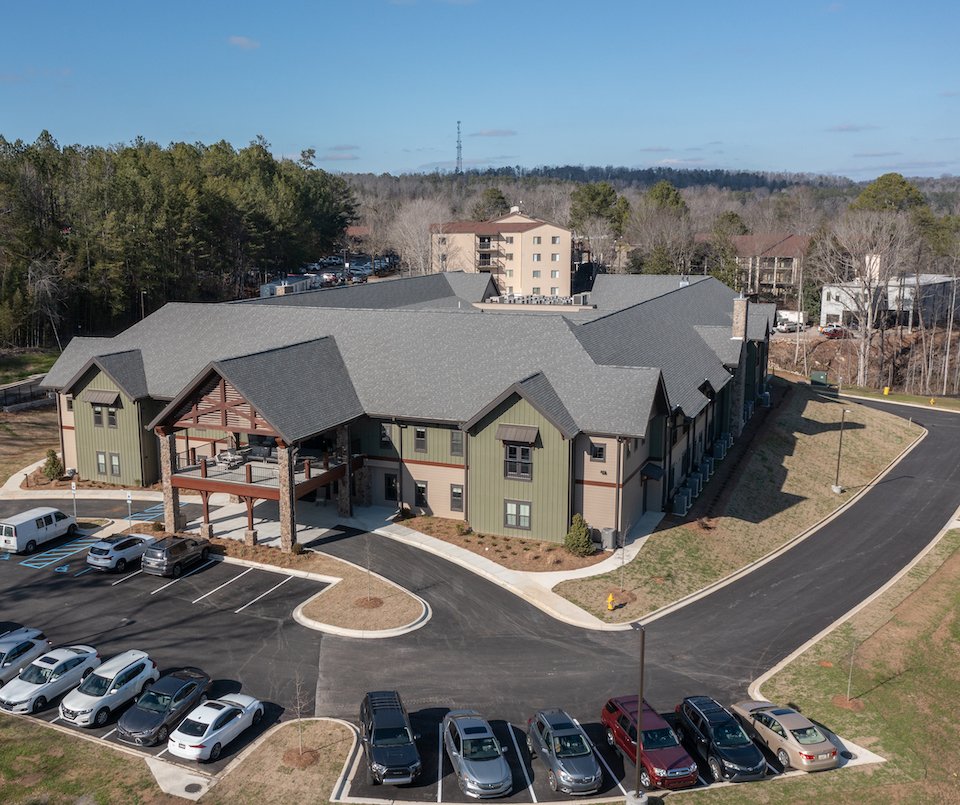Kirkwood by the River offers a captivating blend of history, community, and natural beauty. Nestled beside its namesake waterway, this area boasts a rich past, evident in its architecture and the stories whispered through generations. From its unique geographical features to its vibrant community life and economic opportunities, Kirkwood by the River presents a compelling case study of a thriving riverside settlement. Understanding its evolution provides insight into the dynamic interplay between human development and the natural environment.
This exploration delves into the area’s geographical setting, tracing its historical development and examining its current demographic makeup. We will also analyze the infrastructure, economic activities, environmental considerations, and recreational opportunities that shape Kirkwood by the River’s identity and future prospects. The aim is to provide a holistic understanding of this unique and fascinating location.
History and Development of Kirkwood by the River
Kirkwood by the River, while perhaps not boasting centuries of history like some older settlements, possesses a rich and evolving narrative shaped by its unique location and the changing priorities of its developers and inhabitants. Its story is one of adaptation and growth, reflecting broader trends in urban planning and community development. The area’s transformation from primarily undeveloped land to a thriving residential and commercial hub is a testament to strategic planning and community engagement.
The initial development of Kirkwood by the River can be traced back to the late 20th century, a period marked by significant suburban expansion in many parts of the country. Early plans focused on creating a residential community that leveraged its proximity to the river, offering attractive waterfront properties and recreational opportunities. However, the vision extended beyond simply building houses; it aimed to cultivate a sense of community and a distinct identity for the area. This involved careful consideration of landscaping, the creation of shared green spaces, and the integration of community amenities.
Early Development and Infrastructure
The initial phase of development primarily involved land clearing, infrastructure construction (roads, utilities), and the construction of the first residential units. This period likely faced challenges common to new developments, including securing necessary permits, navigating environmental regulations, and attracting both residents and businesses. Anecdotal evidence might reveal stories of early residents overcoming initial hardships, such as limited access to amenities or navigating construction-related inconveniences. The success of this early phase likely laid the groundwork for the area’s subsequent expansion and prosperity.
Residential Growth and Community Building
As the residential component of Kirkwood by the River expanded, the focus shifted towards fostering a sense of community. This involved the creation of community centers, parks, and recreational facilities. The development of these amenities played a crucial role in attracting families and building a cohesive neighborhood. Stories from this period might highlight community events, local initiatives, or the formation of resident associations that contributed to the area’s identity and social fabric. The successful integration of these community-building elements likely contributed to the area’s appeal and sustained growth.
Commercial Development and Economic Growth
The later stages of Kirkwood by the River’s development involved the integration of commercial spaces. This likely included the construction of retail outlets, restaurants, and possibly small businesses catering to the needs of the growing residential population. The success of this commercial development would have been intertwined with the overall economic health of the region and the attractiveness of the area to businesses. Stories about the establishment of key businesses or the evolution of the commercial landscape could offer valuable insights into the economic development of Kirkwood by the River.
Timeline of Key Milestones
A clear understanding of Kirkwood by the River’s development requires examining key milestones throughout its history. The following timeline highlights significant events and phases in its evolution:
- Late 1990s – Early 2000s: Initial land acquisition and planning stages. Infrastructure development begins.
- Early 2000s – Mid 2000s: Construction of the first residential units. Focus on creating a residential community.
- Mid 2000s – Late 2000s: Development of community amenities (parks, community centers). Growth in residential population.
- Late 2000s – Present: Integration of commercial spaces. Continued residential expansion and community building initiatives.
Closing Notes
In conclusion, Kirkwood by the River stands as a testament to the enduring connection between human settlement and the natural world. Its history, community spirit, and environmental characteristics intertwine to create a vibrant and distinctive character. While challenges remain, the area’s potential for continued growth and prosperity, underpinned by its rich resources and engaged community, is undeniable. Further exploration into specific aspects of Kirkwood by the River’s development would undoubtedly reveal even richer layers of understanding.

